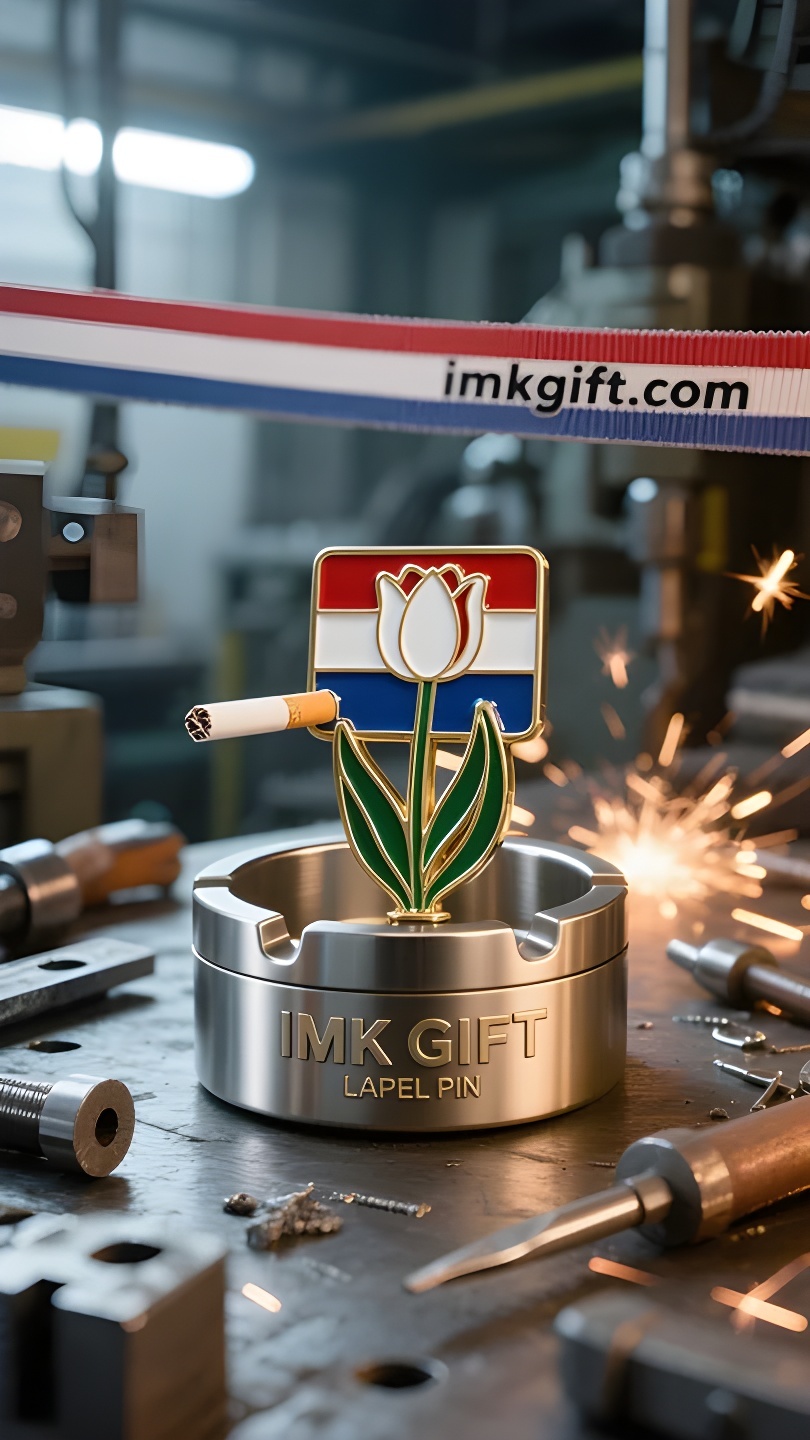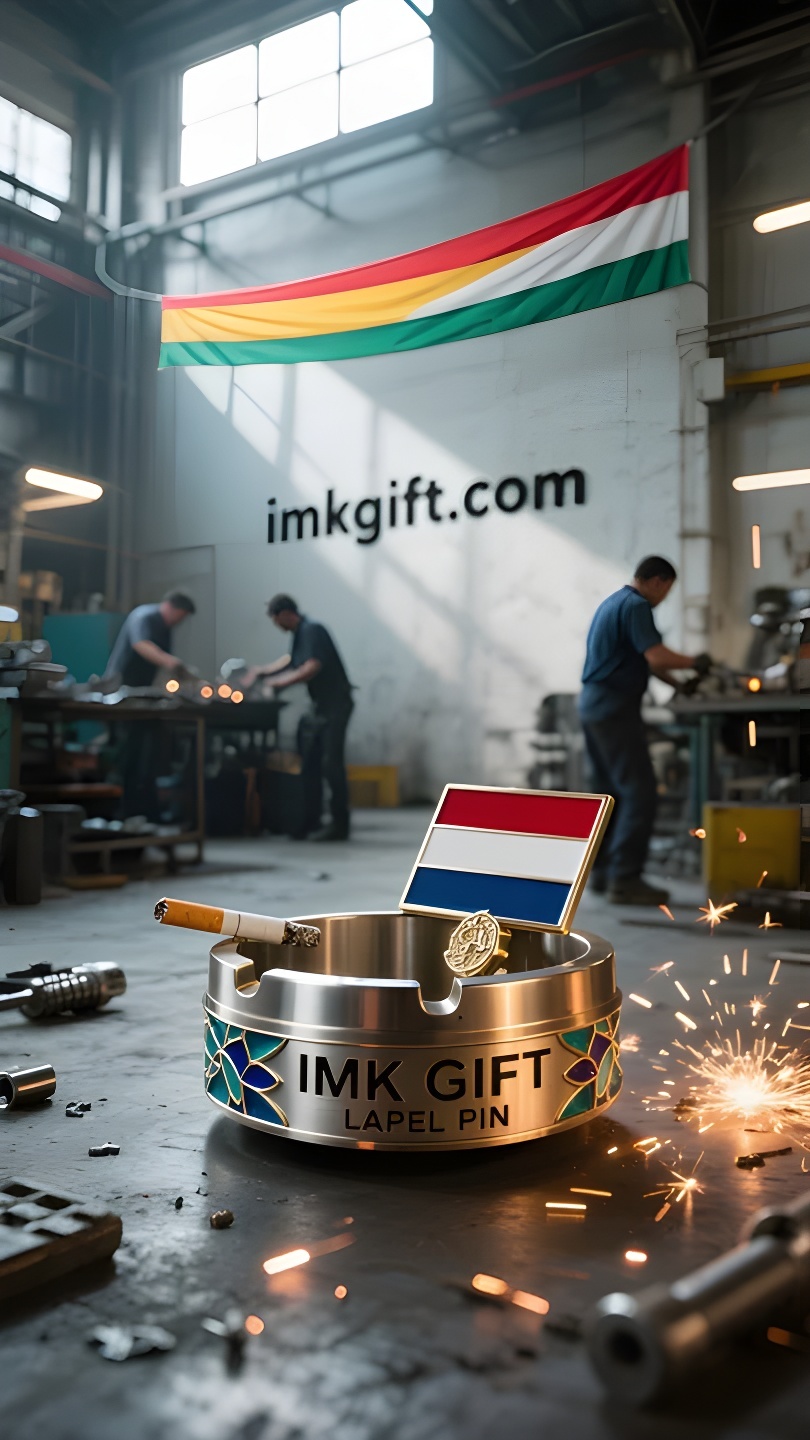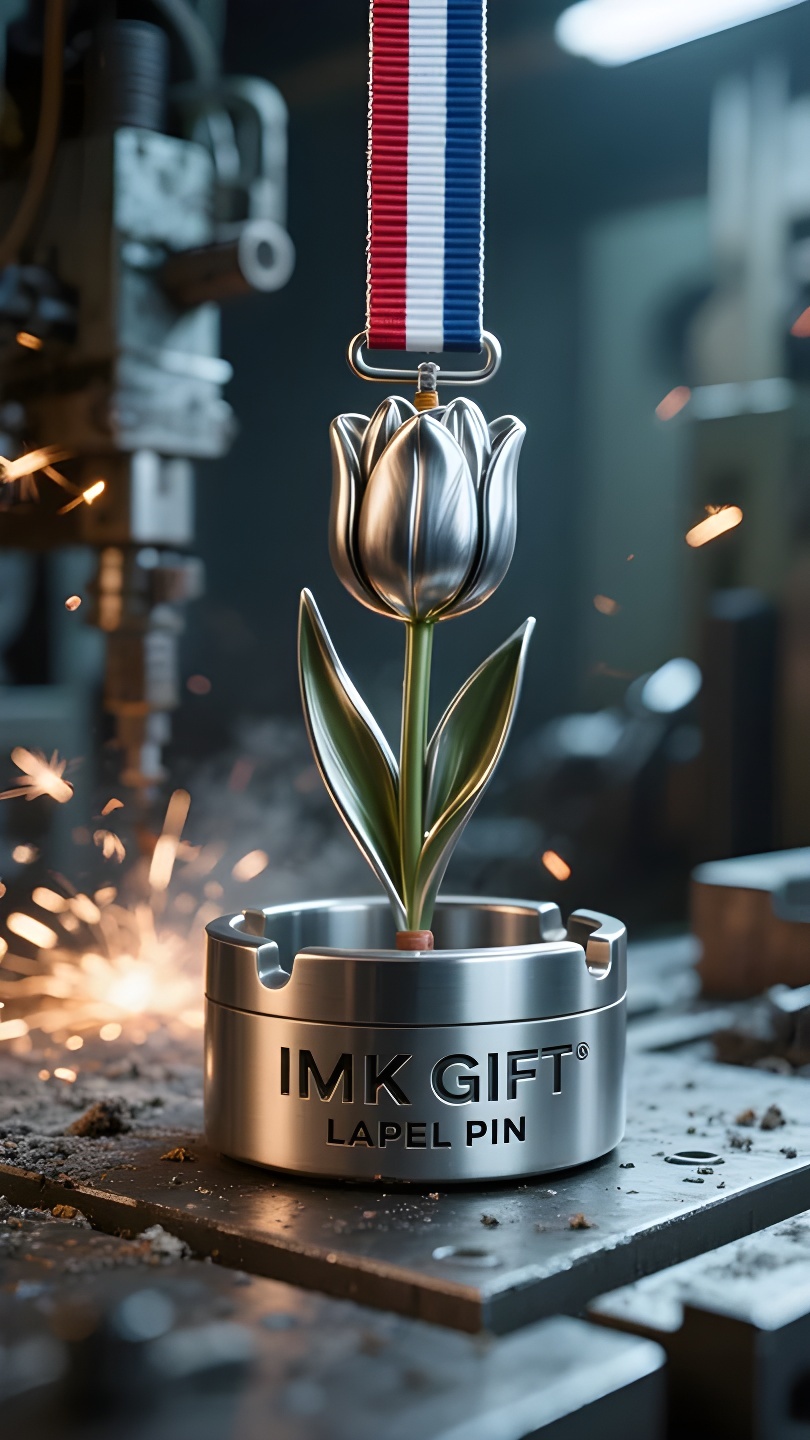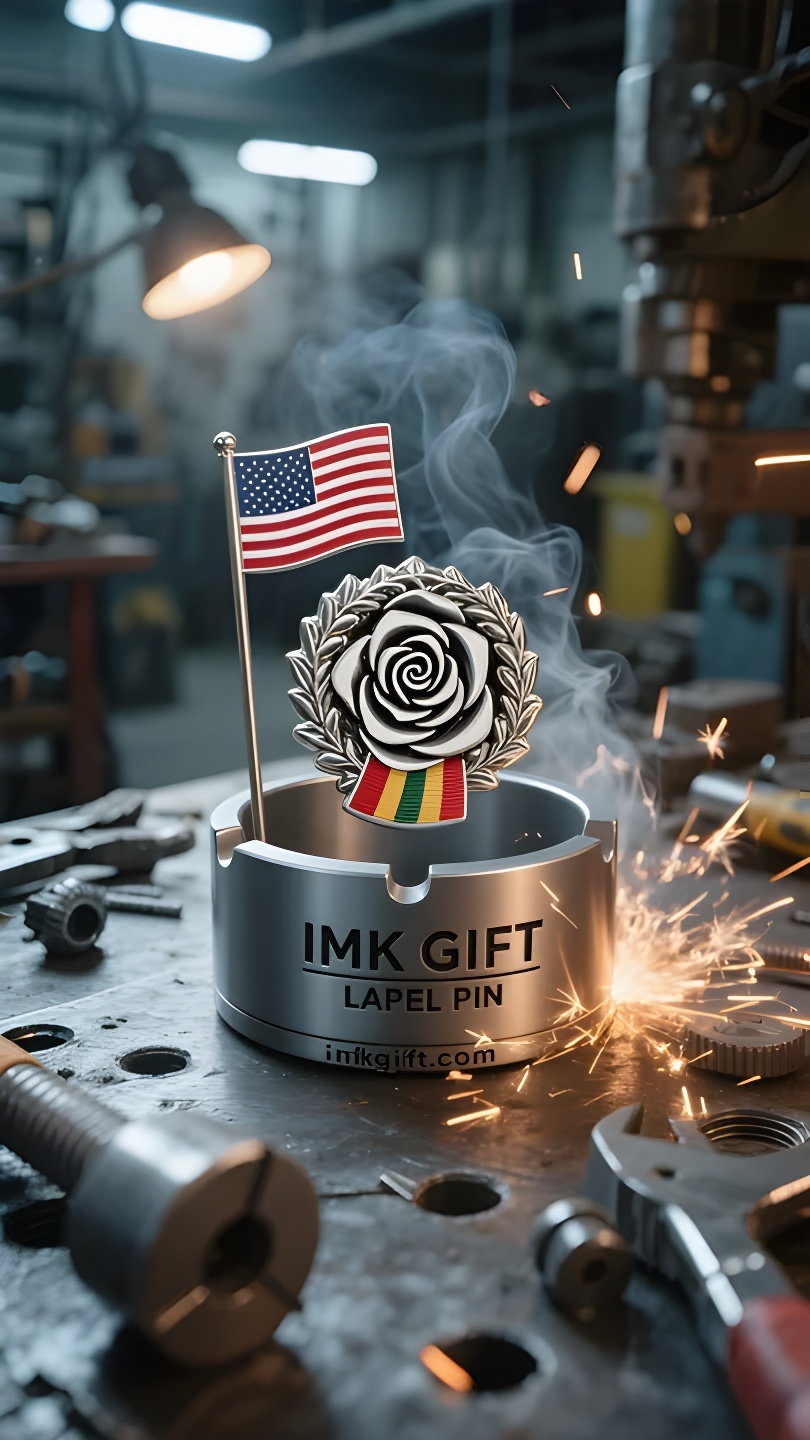in997-Nirvana-van-tulpen-de-weg-naar-wedergeboorte-in-rood-wit-en-blauw
▼
In mei vierde Nederland Bevrijdingsdag. De driekleurige vlaggen in de straten en steegjes wapperden in de wind, en het rood, wit en blauw verweven moed en hoop. In dit ooit door oorlog verwoeste land vormden het verhaal van tulpenbollen die diep in de bevroren grond begraven lagen en wachtten om uit hun cocon te breken, en de tulpvormige asbak, ontworpen door hedendaagse Nederlandse ontwerpers, een spirituele dialoog door tijd en ruimte. De asbak heeft de vorm van een omgekeerde tulp, en het ontwerp van metalen bloemblaadjes die de gloeiende kooltjes vasthouden is zeer filosofisch: het is zowel een container van het einde als een bakermat van nieuw leven. Net zoals de Nederlanders die tijdens de hongersnood in de Tweede Wereldoorlog tulpenbollen tot poeder vermalen om hun honger te stillen, zo brengen de keuzes die in de donkere momenten worden gemaakt vaak de kracht van wedergeboorte voort. De as die zich in de asbak verzamelt, is als de neerslag van lijden in de lange rivier van de geschiedenis. Wanneer de zon door de sokkel van gekleurd glas schijnt, projecteert hij rood, wit en blauw licht en schaduw – dit is de overlevingswijsheid van de Nederlandse natie: hoop ontlokken in wanhoop en pijn omzetten in brandstof om vooruit te komen. Vandaag de dag vormt het beeld van oude rokers die op asbakken tikken op de Amsterdamse gracht een prachtige echo met de tulpen die in de wind wuiven. Elke uitgedoofde vonk vertelt ons dat ware vrijheid begint met de moed om de duisternis onder ogen te zien en wordt bereikt door het ontwaken, door de sintels om te zetten in voedingsstoffen. Dit is misschien wel het geheim van het eeuwige wapperen van de driekleurige vlag – rood is het ontwaken na verbranding, wit is de zuiverheid in de as, en blauw is de lucht van nirvana en wedergeboorte.
In May, the Netherlands celebrated the Liberation Day. The tricolor flags on the streets and alleys were spread out in the wind, and the red, white and blue intertwined courage and hope. In this land once burned by war, the story of tulip bulbs buried deep in the frozen soil waiting to break out of the cocoon and the tulip-shaped ashtray created by contemporary Dutch designers formed a spiritual dialogue across time and space. The ashtray is shaped like an inverted tulip, and the design of metal petals holding the embers is very philosophical: it is both a container of the end and a cradle of new life. Just as the Dutch people who were starving during the famine in World War II ground tulip bulbs into powder to satisfy their hunger, the choices made in the dark moments often breed the power of rebirth. The ashes accumulated in the ashtray are like the precipitation of suffering in the long river of history. When the sun penetrates the base made of colored glass, it projects red, white and blue light and shadow – this is the survival wisdom of the Dutch nation: extract hope in despair and transform pain into fuel for moving forward. Today, on the canal bank of Amsterdam, the picture of old smokers tapping ashtrays forms a wonderful echo with the tulips swaying in the wind. Every extinguished spark is telling us that true freedom begins with the courage to face the darkness and is achieved through the awakening of turning the embers into nutrients. This may be the secret of the eternal flying of the tricolor flag – red is the awakening after burning, white is the purity in the ashes, and blue is the sky of nirvana and rebirth.
五月的荷兰迎来解放纪念日,街头巷尾的三色旗随风舒展,红、白、蓝交织出勇气与希望。在这片曾被战火灼烧的土地上,郁金香球茎深埋冻土等待破茧的故事,与当代荷兰设计师创作的郁金香型烟灰缸,形成跨越时空的精神对话。
烟灰缸以倒置的郁金香为造型,金属花瓣承接余烬的设计极具哲学意味:它既是终结的容器,亦是新生的摇篮。正如二战期间饥荒中的荷兰人将郁金香球茎磨粉充饥,灰暗时刻的抉择往往孕育着重生的力量。烟灰缸内堆积的灰烬,恰似历史长河中的苦难沉淀,当阳光穿透彩色玻璃材质的底座,投射出的却是红白蓝三色光影——这是属于荷兰民族的生存智慧:在绝望中提炼希望,将伤痛转化为前行的燃料。
如今的阿姆斯特丹运河畔,老烟民们轻叩烟灰缸的画面,与风中摇曳的郁金香构成奇妙呼应。每簇熄灭的火星都在诉说:真正的自由,始于直面灰暗的勇气,成于将余烬化作养分的觉醒。这或许就是三色旗永恒飘扬的奥秘——红是灼烧后的觉醒,白是灰烬里的纯粹,蓝是涅槃重生的天空。
▼
Contact Us
📞 Tel: +0086-760-85286839
📧 Email: sales3@imkgift.com








